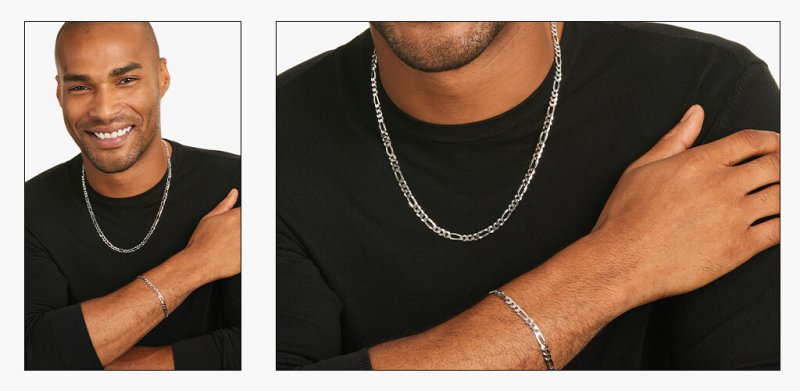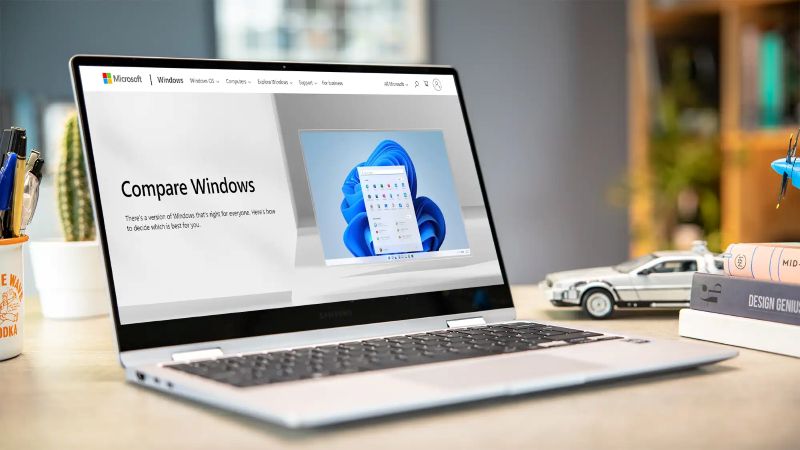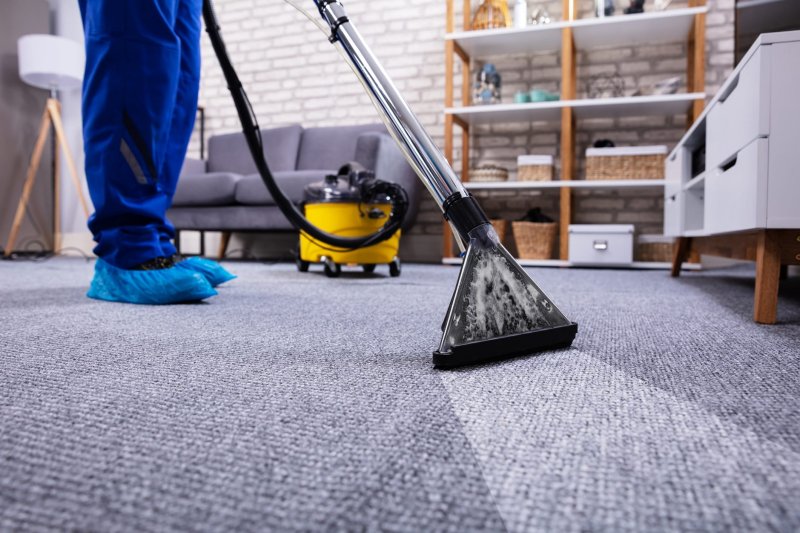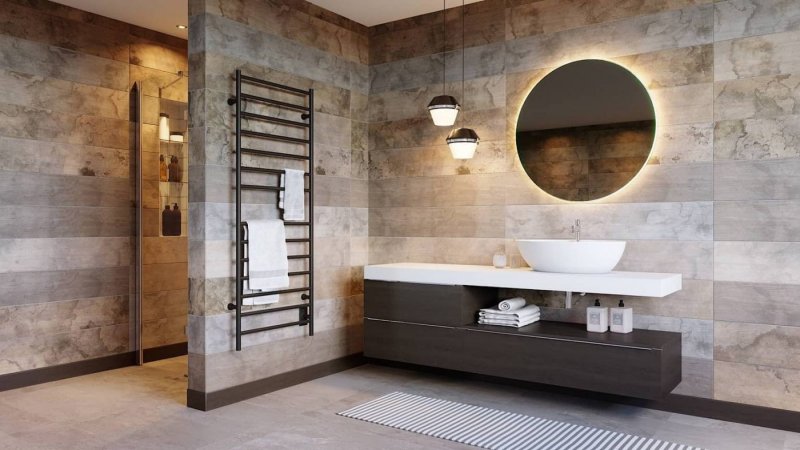
In an era where personal expression is celebrated more than ever, men's jewelry has evolved far beyond the classic watch or wedding band. From statement necklaces and rugged leather bracelets to sophisticated rings and minimalist chains, the options are vast and varied. This burgeoning trend offers men an incredible opportunity to enhance their personal style, tell their unique story, and add a distinctive touch to any outfit.
However, for those looking to buy a piece of men's jewelry – whether for themselves or as a thoughtful gift – the sheer array of choices can be daunting.
Navigating the world of men's accessories requires a blend of aesthetic understanding, practical consideration, and a touch of foresight. It's not just about what looks good, but what feels right, endures through time, and genuinely reflects the wearer's individuality. To help you make an informed and satisfying purchase, here are five essential tips that will guide you through the exciting process of buying men's jewelry.
1. Understand His Personal Style and Lifestyle
The most crucial step in buying men's jewelry is to deeply understand the wearer's existing personal style and daily lifestyle. Jewelry should complement his established aesthetic, not clash with it or feel out of place.
Observe His Current Wardrobe: Does he gravitate towards classic, tailored pieces or more casual, relaxed attire? Is his style rugged and outdoorsy, or sleek and modern? Look at the colors and textures he typically wears. If his wardrobe consists primarily of neutral tones and clean lines, a minimalist silver chain or a classic leather bracelet might be a better fit than an ornate, heavily jeweled piece. Conversely, if he enjoys bolder patterns and vibrant colors, he might appreciate something more striking.
Consider His Existing Accessories: Does he already wear any jewelry? What type of metals does he prefer – silver, gold, black, or mixed tones? Does he favor subtle pieces or more noticeable ones? If he only wears a watch, introducing a delicate ring or a slim bracelet could be a good starting point. If he’s already sporting multiple rings and chains, you can look for pieces that echo or enhance his current collection.
Factor in His Lifestyle: A man with an active, hands-on job might benefit from highly durable materials like stainless steel, titanium, or tungsten, which can withstand wear and tear. A desk-bound professional might prefer more refined pieces that are suitable for an office environment, such as a subtle tie bar, cufflinks, or a sophisticated signet ring. Jewelry for a very active individual could also include waterproof materials or designs that won't snag or cause discomfort during physical activity. The goal is to find a piece that seamlessly integrates into his routine, rather than becoming an impractical addition.
2. Focus on Quality and Materials
When it comes to jewelry, quality isn't just about luxury; it's about durability, longevity, and comfort. Investing in good materials ensures the piece will stand the test of time, maintain its appearance, and avoid potential skin irritations.
Research Common Materials:
- Sterling Silver (.925): A timeless and versatile metal, known for its luster. It’s affordable but can tarnish, requiring occasional polishing.
- Stainless Steel: Extremely durable, scratch-resistant, hypoallergenic, and affordable. It's a popular choice for modern, robust designs.
- Titanium: Lightweight, incredibly strong, hypoallergenic, and resistant to corrosion. Often used for a sleek, contemporary look.
- Tungsten Carbide: Very hard and scratch-resistant, with a substantial weight. Popular for rings, often in a darker, gunmetal finish.
- Gold (10K, 14K, 18K): A classic choice, offering various shades (yellow, white, rose). Higher karats mean more gold but also softer metal. White gold is often rhodium-plated for a brighter finish.
- Platinum: The most precious and durable white metal, hypoallergenic, and highly resistant to tarnish. It's also the most expensive.
- Leather: Provides a rugged, masculine aesthetic. Look for genuine full-grain or top-grain leather for durability and better aging.
- Natural Stones & Beads: Offer unique textures and colors. Ensure they are securely set or strung on strong, durable cord.
Beware of Plating: While gold-plated or silver-plated items can be more affordable, the plating will eventually wear off, revealing the base metal underneath. For long-term wear, solid metals or high-quality PVD (Physical Vapor Deposition) coatings are preferable. If you do opt for plated jewelry, understand that it's a more temporary solution.
Check for Hallmarks and Reputable Sellers: Genuine precious metals will usually have hallmarks indicating their purity (e.g., "S925" for sterling silver, "14K" for gold). Purchase from reputable jewelers or established online retailers with clear return policies and customer reviews to ensure authenticity and quality craftsmanship.
3. Consider the Occasion and Purpose
The context in which the jewelry will be worn plays a significant role in determining the type and style of piece you should choose. Is this an everyday staple or a special occasion accessory?
Daily Wear: For jewelry that will be worn frequently, comfort and durability are paramount. Pieces should be robust enough to withstand daily activities without being easily damaged or lost. Think minimalist chains, classic rings, durable leather bracelets, or a simple watch. These items tend to be more subtle and versatile, seamlessly integrating into various outfits and situations without drawing excessive attention. They should feel like a natural extension of his personal style, not an effort.
Special Occasions/Statement Pieces: If the jewelry is intended for formal events, parties, or as a statement piece, you have more leeway to explore bolder designs, more intricate details, or precious gemstones. Cufflinks, sophisticated tie bars, a more ornate signet ring, or a striking pendant can elevate an outfit for a specific event. These pieces might not be worn daily, allowing for a higher degree of artistry and less concern about constant wear and tear.
Work vs. Leisure: Consider his professional environment. Some workplaces may have dress codes that limit overt jewelry. A subtle chain under a shirt, a classic watch, or a simple ring might be acceptable, while large pendants or multiple bracelets might not. For leisure, the rules relax, opening up possibilities for more expressive and casual pieces like beaded bracelets, dog tags, or layered necklaces.
4. Prioritize Fit and Comfort
Even the most beautiful piece of jewelry will gather dust if it's uncomfortable to wear. Fit is crucial, not just for aesthetic appeal, but for ensuring the wearer genuinely enjoys having it on.
Rings: Ring size is highly precise. If you're unsure of his size, try to discreetly measure one of his existing rings, or consult a jeweler. Remember that finger size can fluctuate slightly with temperature and time of day. If it's a surprise gift, consider an adjustable ring or a piece that can be easily resized. A ring should fit snugly enough not to slip off, but loose enough to pass over the knuckle without excessive force.
Bracelets: The ideal bracelet fit varies based on personal preference. Some prefer a snug fit that stays in place, while others like a looser, more relaxed drape. For bangles or cuffs, ensure they can slide over the hand comfortably but won't fall off easily. Chain bracelets often have adjustable clasps, allowing for some flexibility. Measure his wrist circumference and add 0.5 to 1 inch depending on the desired fit (snug vs. loose).
Necklaces: Necklace length is critical for how it sits and interacts with clothing.
- 18 inches: Typically sits at the collarbone, often visible with open-collared shirts.
- 20 inches: A popular length that falls just below the collarbone, suitable for most necklines.
- 22-24 inches: Hangs mid-chest, good for layering or showcasing a pendant.
- 26 inches and longer: Designed to be worn over clothing, often for a more bohemian or statement look. Consider the thickness of the chain as well; a thick chain on a thin neck or vice versa can look disproportionate.
Weight and Feel: Heavy, bulky pieces can become uncomfortable over time, especially for daily wear. Lighter pieces, such as those made from titanium or thin silver chains, often offer more comfort. The jewelry should feel like a natural extension, not a burden.
5. Set a Realistic Budget (and Stick to It)
Men's jewelry is available across a vast price spectrum, from affordable fashion pieces to high-end investment items. Defining your budget upfront will narrow down your options and prevent overspending.
Determine Your Comfort Zone: Before you even start browsing, decide how much you're willing to spend. This isn't about cheapness; it's about fiscal responsibility. You can find excellent quality pieces at various price points.
Understand Value vs. Price: A higher price tag doesn't always guarantee better quality, just as a lower price doesn't necessarily mean poor quality. For example, a well-crafted stainless steel bracelet can offer incredible durability and style at a fraction of the cost of a gold one, making it excellent value. Likewise, a reputable brand might charge more for its name, but also offer superior design and craftsmanship.
Prioritize Within Budget: If your budget is limited, prioritize materials that offer the best durability and appearance for the price. Stainless steel, titanium, and high-quality leather are excellent choices for more modest budgets. If you have more to spend, you can explore gold, platinum, or pieces with genuine gemstones. It's always better to buy a high-quality piece within your budget than to stretch for something beyond your means that might leave you with buyer's remorse.
Consider the Thought: Ultimately, the most meaningful piece of jewelry isn't necessarily the most expensive. It's the one that is chosen with care, reflects his personality, and symbolizes the sentiment behind the gift. A well-considered, thoughtfully chosen piece within your budget will always be more cherished than a hastily bought, overpriced item.
Buying men's jewelry is an opportunity to celebrate individuality and add a touch of sophisticated flair. By taking the time to understand his style and lifestyle, prioritizing quality materials and a comfortable fit, considering the occasion, and adhering to a sensible budget, you can confidently select a piece that will be truly appreciated and worn with pride for years to come.







0 Comments
Post Comment
You will need to Login or Register to comment on this post!